- Hip Anatomy
- Hip Conditions
- Hip Procedures
Hip Arthroscopy
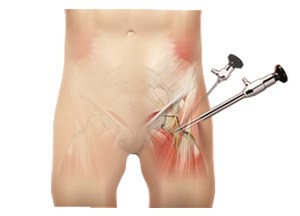
Hip arthroscopy, also referred to as keyhole or minimally invasive surgery, is a procedure in which an arthroscope is inserted into your hip joint to check for any damage and repair it simultaneously.
Arthroscopic Gluteus Medius Tendon Repair
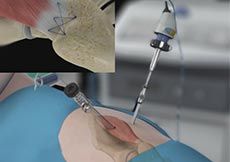
Arthroscopic gluteus medius tendon repair is a minimally invasive surgical procedure employed for the treatment of a gluteus medius tendon tear, when the tear does not respond to conservative treatment. Gluteus medius tears or rupture is a condition characterized by severe strain of the gluteus medius muscle that results in partial or complete rupture of the muscle. These tears are most commonly seen in runners and athletes involved in high-impact sports such as soccer or basketball and can occur due to traumatic injury or degenerative conditions such as tendinopathy (chronic inflammation of the gluteus medius tendon) or wear and tear.
Hip Capsular Closure
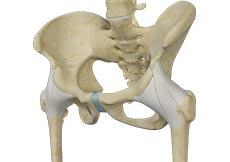
The hip capsule is a membranous fold consisting of three major ligaments enveloping the hip joint. It protects the joint and stabilizes it by keeping the joint in position.
Minimally Invasive Total Hip Replacement
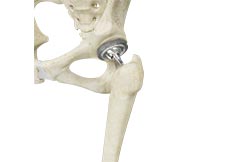
Minimally invasive total hip replacement is a surgical procedure performed through one or two small incisions rather than the single long incision of 10–12-inches as in the traditional approach.
Computer-Navigated Total Hip Replacement
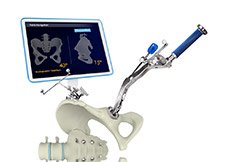
For a successful total hip replacement, accurate positioning of the implants is crucial to accomplish a good clinical outcome. Computer-navigated total hip replacement is an advanced technology developed to provide more accurate positioning of an implant. Hip replacement through computer navigation provides information and guidance to the surgeon for precise positioning of implants.
Posterior Hip Replacement
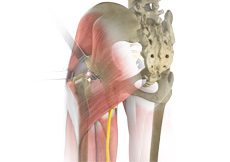
Posterior hip replacement is a minimally invasive hip surgery performed to replace the hip joint. It is also referred to as muscle sparing surgery because no muscles are cut to access the hip joint, enabling a quicker return to normal activity. The posterior approach is traditionally the most common approach used to perform a total hip replacement. In a posterior hip replacement, the surgeon makes the hip incision at the back of the hip close to the buttocks. The incision is placed so the abductor muscles, the major walking muscles, are not cut.
Anterior Hip Replacement
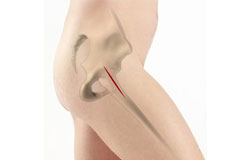
Direct anterior hip replacement is a minimally invasive hip surgery to replace the hip joint without cutting through any muscles or tendons as against traditional hip replacement that involves cutting major muscles to access the hip joint.
Revision Hip Replacement
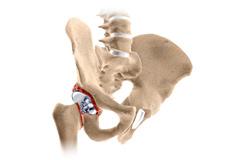
During total hip replacement, the damaged cartilage and bone are removed from the hip joint and replaced with artificial components. At times, hip replacement implants can wear out for various reasons and may need to be replaced with the help of a surgical procedure known as revision hip replacement surgery.
Hip Fracture Surgery
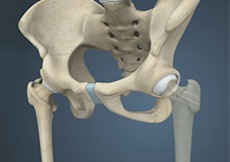
Surgical correction of a hip fracture is known as hip fracture surgery. Hip fractures involve a break that occurs near the hip in the upper part of the femur or thigh bone. The thigh bone has two bony processes on the upper part - the greater and lesser trochanters. The lesser trochanter projects from the base of the femoral neck on the back of the thigh bone. Hip fractures can occur either due to a break in the femoral neck, in the area between the greater and lesser trochanter or below the lesser trochanter.
Core Decompression for Avascular Necrosis of the Hip
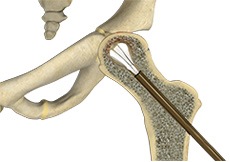
The hip joint is a ball and socket joint, where the head of the thighbone (femur) articulates with the cavity (acetabulum) of the pelvic bone. Sickle cell disease, a group of disorders that affect the hemoglobin or oxygen-carrying component of blood, causes avascular necrosis or the death of bone tissue in the hip due to lack of blood supply.









